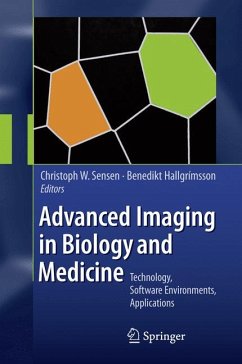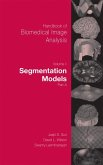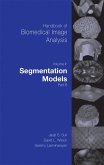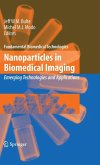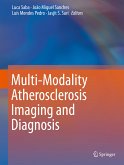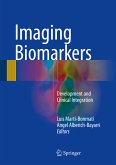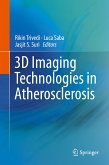Not only is the number of imaging technologies increasing rapidly, at the same time the strategies and algorithms for image analysis are becoming more and more sophisticated. This book attempts for the first time to provide an overview of the major approaches to biological and medical imaging, the strategies for image analysis and the creation of models, which are based on the results of image analysis. This sets the book aside from the usual monographs, which introduce the reader only to a single technology.
Given the broad range of topics covered, this book provides an overview of the field, which is useful for a wide audience, from physicians and biologists to readers who would like to know more about the technology, which is used to derive diagnoses of diseases today.
Dieser Download kann aus rechtlichen Gründen nur mit Rechnungsadresse in A, B, BG, CY, CZ, D, DK, EW, E, FIN, F, GR, HR, H, IRL, I, LT, L, LR, M, NL, PL, P, R, S, SLO, SK ausgeliefert werden.
"This book presents an overall picture of newly introduced advanced imaging techniques in life sciences and medicine. ... The book is useful mainly for researchers and graduate students working in developing imaging technologies, imaging software designers, and users of tools for molecular imaging and genomic data handling. ... this book is a positive addition to the scientific literature." (Rao F. H. Khan, Doody's Review Service, April, 2009)
"The purpose of this book is to provide a broad sampling of the rapidly expanding field of advanced imaging in medicine and biology. The book is aimed toward radiologists, medical physicists, scientists in the pharmacologic and biologic industries, and computer software and hardware specialists in this field. Some of the material presented would benefit dermatologists, ophthalmologists, pathologists, cardiologists, veterinarians, geneticists, and virtual reality developers. Trainees in all these specialties would also benefit from this book. ... The chapters are well written ... ." (Aurelio Matamoros Jr., The Journal of Nuclear Medicine, October, 2009)

